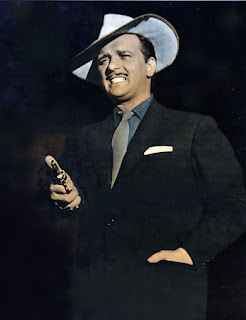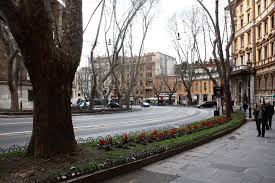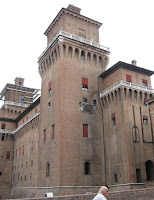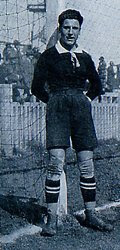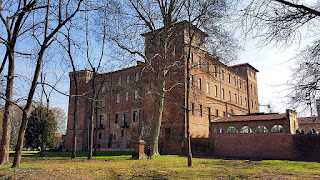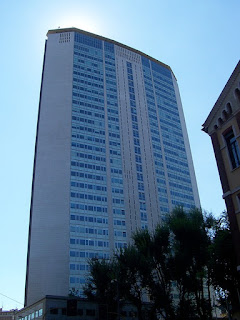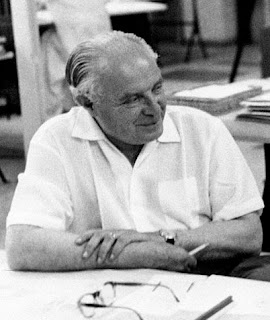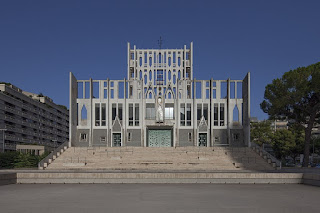Painter scarred by Battle of Monte Cassino
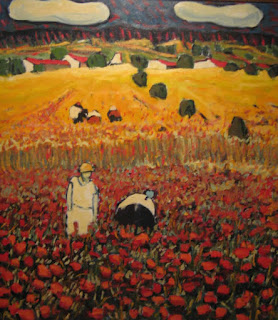 |
| Miele's work often had strong elements of the scuola metafisica as well as impressionism |
Miele was a teenager when his home town and the mountain top Benedictine monastery witnessed one of the bloodiest battles of the Second World War as Allied armies attempted to break the Gustav Line of the Axis forces.
Over a three-month period, the Allies made four assaults, each backed up by heavy bombing, and though the objective was eventually achieved it was at a very high price. There were at least 80,000 soldiers killed or wounded, as well as countless civilians caught in the crossfire.
Miele lost his father, mother and sister. He survived but left the area as soon as he was able, settling 400km (249 miles) north in Urbino in the Marche.
It was there, from the age of 19, that he took courses in painting and became part of the city’s artistic life, developing a talent that in his mature years saw him once described as “the poet of silence”.
 |
| Miele's work has been exhibited in many parts of the world, in particular Canada and the United States as well as Italy |
Two years later, in 1969, Il Dolore received second prize at the Piervert International Painting Exhibition in France. In the same year, his painting Case di Ciociaria won first prize at the National Festival of Figurative Arts in Rome.
In the 1970s, an exhibition in San Marino attracted large visitor numbers and more recognition of his importance in 20th century Italian art came with an exhibition in Tokyo alongside works by Giorgio de Chirico, Franco Gentilini, Massimo Campigli and Domenico Cantatore. His works were also exhibited widely in the United States and Canada.
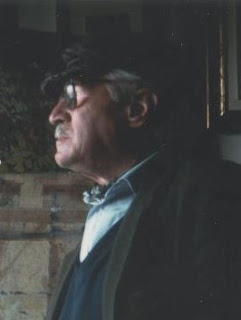 |
| Miele returned to Cassino after a period living in the north of Italy |
Miele moved back to Cassino in later life and died there in November 1999.
In 2009, the Umberto Mastroianni Foundation and the Municipality of Frosinone marked the 10th anniversary of his death with an exhibition dedicated to his life. A similar retrospective was hosted by the Galleria Gagliardi in San Gimignano, where he had exhibited more than once during his life.
In Frosinone, a city where he lived for many years, a school in Via Lago di Como is named after him.
| The rebuilt Abbey of Monte Cassino |
After the Second World War, the Abbey of Monte Cassino was painstakingly rebuilt based on the original plans, paid for in part by the Vatican and in part by what could be raised in an international appeal. Today, it is again a working monastery and continues to be a pilgrimage site, housing as it does the surviving relics of St. Benedict and St. Scholastica. It also serves as a shrine to the 183,000 killed in the Battle of Monte Cassino and other fighting in the Allied assault on Rome.
 |
| Ciociaria has many towns built on rugged hillsides |
The ancient city of Frosinone, which was Gens Fursina in Etruscan times and Frusino under the Romans, is located on a hill overlooking the valley of the Sacco about 75km (47 miles) southeast of Rome, with the wider city spreading out across the surrounding plains. The Roman writer Cicero had a villa in Frusino. The city is part of a wider area known as Ciociaria, a name derived from the word ciocie, the footwear worn by the inhabitants in years gone by. Ciociaria hosts food fairs, events and music festivals as well as celebrating traditional feasts, when the local people wear the regional costume and the typical footwear, ciocie.
More reading:
Giorgio de Chirico - founder of the Scuola Metafisica
The existential realism of Alberto Sughi
How Allied bombing destroyed the Abbey of Monte Cassino
Also on this day:
1472: The birth of artist Pietro Torrigiano
1826: The birth of Pinocchio creator Carlo Collodi
1897: The birth of Mafioso Charles 'Lucky' Luciano
Home
